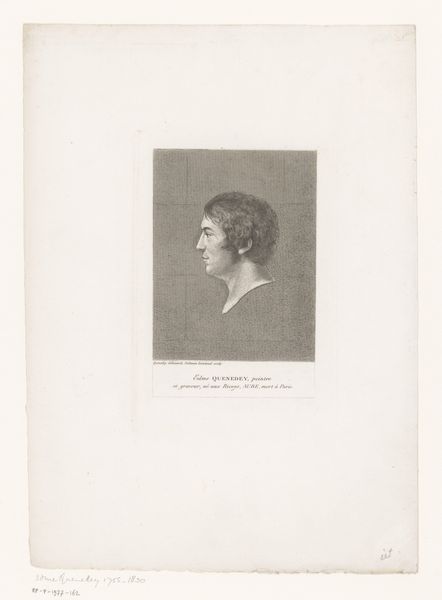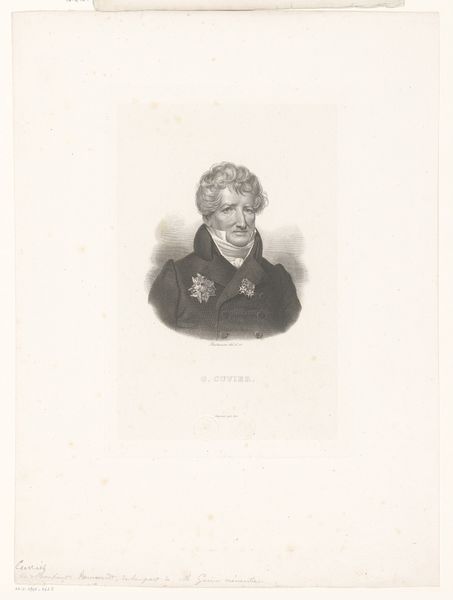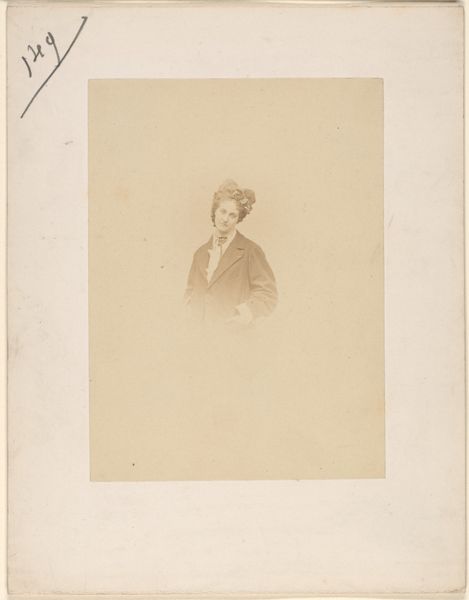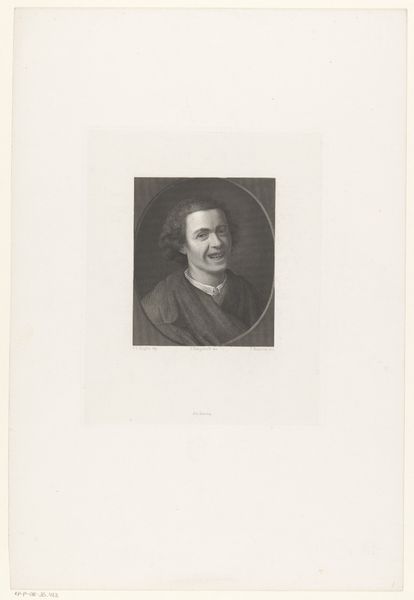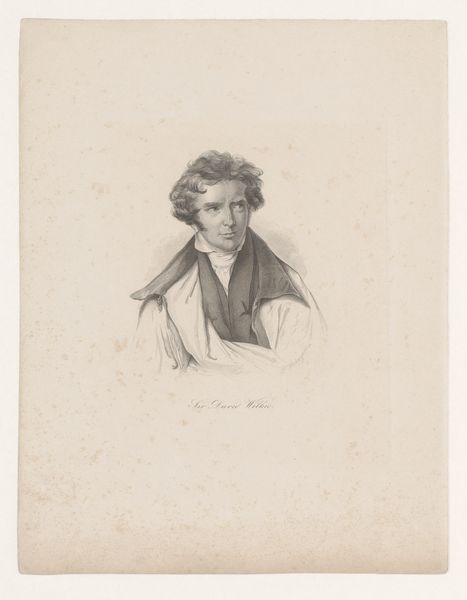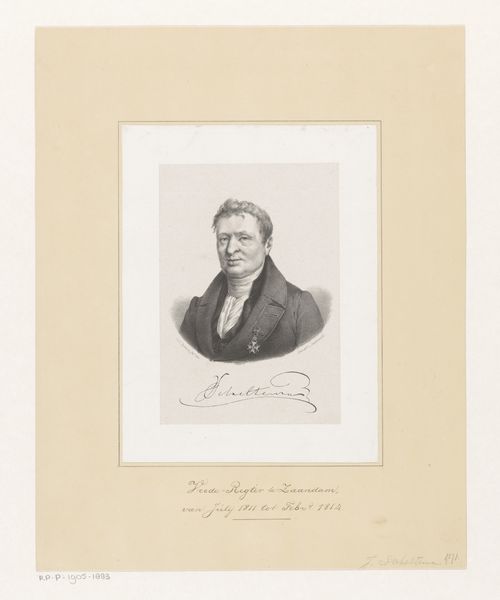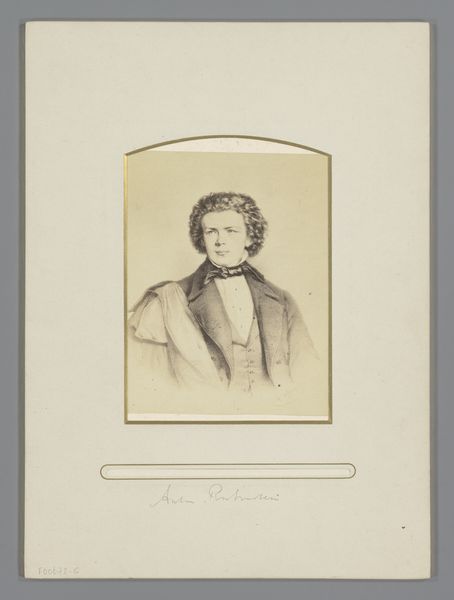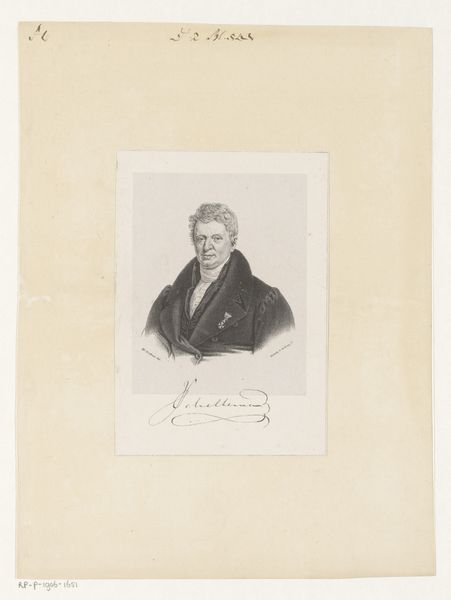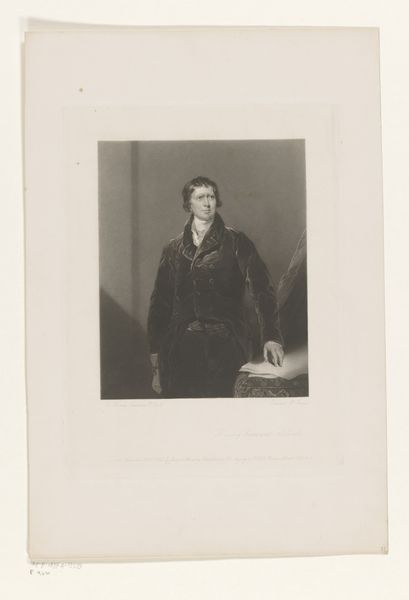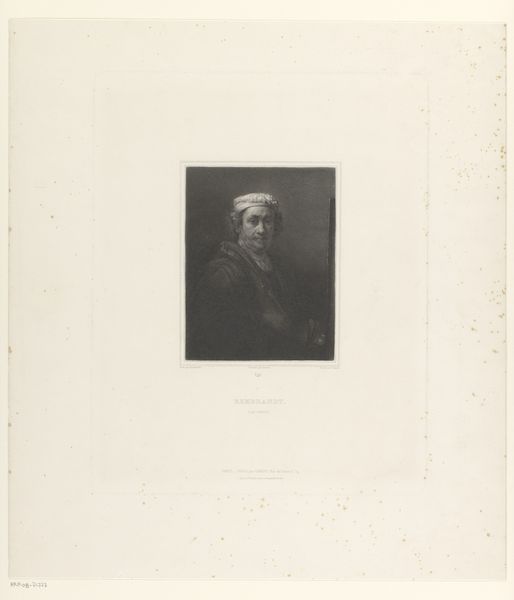
print, woodcut, graphite, wood-engraving
#
portrait
# print
#
woodcut
#
united-states
#
graphite
#
wood-engraving
#
realism
Dimensions: 4 1/8 x 2 15/16 in. (10.48 x 7.46 cm) (image)9 9/16 x 12 1/8 in. (24.29 x 30.8 cm) (sheet)
Copyright: Public Domain
Curator: Let’s take a look at William B. Closson's "Portrait of Bjornstjerne Bjornson," likely created around the late 19th century. It's currently held at the Minneapolis Institute of Art. It immediately brings to mind questions of celebrity and how it was constructed through images during this period. Editor: My first impression is the precision and delicacy of this print. Given the materials of woodcut, graphite and wood engraving the detail is incredible! I'm thinking of the skill, and time involved in carving those tiny details. Curator: Exactly. The portrait, presented in profile, invites us to consider Bjornson's persona. His work in theatre and literature tackled weighty themes of identity, freedom, and social change. And I wonder if that reputation precedes this very traditional mode of representation. Does it uphold an image or subvert it? Editor: That's a valid point. The means of production itself speaks to this balance between traditional forms and dissemination. Wood engraving allowed for the reproduction of images, making Bjornson's image accessible to a wider audience, perhaps changing access and celebrity, even. The way labor shapes even simple portraits can be easily ignored if not closely examined. Curator: That accessibility underscores the broader cultural context of nationalism and identity formation in 19th-century Norway, right? Bjornson, a towering figure in Norwegian literary nationalism, was instrumental in shaping a distinctly Norwegian cultural identity and political sovereignty. Editor: So the consumption and distribution were more important than high end gallery exhibitions. Making images into things, consumed through popular media. The emphasis is shifted from singularity to multiplicity, labor power and production, shaping and expanding access beyond privileged patrons. Curator: Precisely! Understanding the material conditions through which Bjornson's image circulated allows us to critically examine the narratives of nationalism, identity, and cultural authority that underpinned his era, allowing his representation to speak about labor conditions as well as historical authority. Editor: It makes you rethink the hierarchies present in artistic value doesn’t it? Focusing on means of creation is a very valid tool to examine power and its legacy. Curator: It certainly challenges us to view portraiture not just as an individual likeness, but as a material object interwoven with social and historical forces. Editor: Right, recognizing art as embedded labor reveals unseen dynamics. The choice of processes here adds a potent and challenging new narrative to this image, allowing for further understanding about an impactful person and era.
Comments
No comments
Be the first to comment and join the conversation on the ultimate creative platform.
